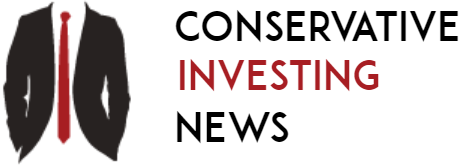A survey by Motilal Oswal, conducted between August and September 2025 across 3,000 investors, revealed that 55% increased their passive allocations last year, and 72% plan to raise them further this fiscal. What’s notable is the long-term conviction among investors — nearly 85% intend to hold passive funds for more than three years, suggesting that investors see these products as long-term wealth-building tools rather than short-term trading vehicles.
Passive fund assets in India have grown from Rs 1.91 lakh crore in 2019 to Rs 12.2 lakh crore as of August 2025 — a 6.4-fold rise in six years and a 26% compound annual growth rate (CAGR) since 2023. According to AMFI data, passive assets rose 0.2% month-on-month in August 2025 to Rs 12.50 lakh crore, driven by Rs 11,437 crore in fresh inflows, marking the 58th straight month of positive flows.
Within the category, other ETFs contributed Rs 7,244 crore, followed by gold ETFs with Rs 2,190 crore, and index funds with Rs 1,503 crore. Over the past three years, passive fund AUM has more than doubled (up 106%), with ETF assets up 83% and index fund assets up 191%.
Investors’ choice
Pratik Oswal, Chief of Passive Business at Motilal Oswal AMC, said the growing adoption marks a turning point: “Passive investing has moved from being a niche product to a mainstream choice. Investors are no longer restricting themselves to plain index trackers — they’re exploring factor-based and smart-beta strategies as well. This is the future of disciplined wealth creation.”
The survey found low cost remains the biggest driver — 54% of investors cited expense efficiency as their top reason for choosing passive products, followed by diversification (46%) and simplicity (46%). Nearly 40% of investors now hold balanced or major allocations in passive funds, with most (57%) managing a focused basket of one to three schemes.
Top-performing Index Funds and ETFs
Over the past three years, the Motilal Oswal BSE Enhanced Value Index Fund led with 38% returns, followed by the Navi US Nasdaq 100 FOF and ICICI Prudential NASDAQ 100 Index Fund, both delivering 34%. The Motilal Oswal S&P 500 Index Fund returned 27%, while leading Indian equity index funds such as UTI Nifty 50 Index Fund and HDFC Index Fund – Nifty 50 Plan delivered 22–24%.
Among ETFs, Nippon India ETF Nifty BeES, SBI ETF Nifty 50, UTI Nifty Next 50 ETF, and ICICI Prudential Nifty 100 ETF recorded 17–21% three-year returns. Sectoral ETFs such as the Kotak NV20 ETF and Motilal Oswal Nifty Midcap 150 ETF also gained traction, with average ETF returns around 19%.
Millennials’ investment
Investor participation in ETFs has surged — 65% of passive investors now hold at least one ETF, up from 41% in 2023, aided by better digital platforms, liquidity, and transparency. Meanwhile, interest in smart beta and factor-based funds jumped from 13% to 61% in just two years, with momentum, quality, and value being the most preferred factors.
Distributors are aligning with this trend — 7 in 10 mutual fund distributors now include passive products in client portfolios, and 93% plan to increase allocations by at least 5% in FY26.
Passive vs active
With rising awareness, affordability, and performance, passive investing is becoming a core component of Indian portfolios. As Oswal summed up, “Passive funds are no longer an alternative — they’re an essential.”
Whether through index funds, ETFs, or smart-beta products, India’s investors are clearly embracing discipline over discretion — one low-cost unit at a time.
Disclaimer: Business Today provides market and personal news for informational purposes only and should not be construed as investment advice. All mutual fund investments are subject to market risks. Readers are encouraged to consult with a qualified financial advisor before making any investment decisions.
